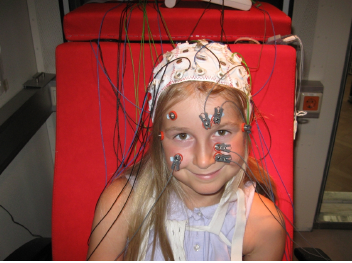What does the PsyAmb do?

In the teaching department, students have the opportunity to gain initial insights and practical experience as part of seminars, write a Master's thesis or dissertation or complete the compulsory internship for the psychology degree.
Public relations
To help educate the public about mental disorders, PsyAmb regularly contributes articles to Austrian and regional media ("Newton", ORF1, Kleine Zeitung, Presse, Radio Graz, Antenne Kärnten, etc.).
For patients
How do we conduct the research?
Our studies usually start with a call for participation. On our notices and/or flyers you will find a link where you can express your interest in participating in a study without obligation, whereby data protection is guaranteed. Simply answer a few questions online (e.g. age, gender, contact details) and fill in short questionnaires on the subject of the study.
Our employees evaluate the data and then contact the interested parties by telephone. (Of course, there is always the option of calling us directly and registering for a study if you are interested or have general questions). We clarify further questions on the phone and arrange appointments.
As a rule, we then invite our participants to a detailed diagnostic interview first. Depending on the study, we also work through various questionnaires and tests together. After this interview, we decide whether to include the person in the study. If it turns out that someone cannot be included in the study but needs support, we will try to refer them to a clinical psychologist or psychotherapist at their request.
If someone is accepted into the study, a psychological experiment (e.g. looking at and evaluating pictures) follows, depending on the topic, either afterwards or as part of a further appointment, in which one of the neurobiological methods described below is usually also used. As part of some studies, we also offer clinical-psychological treatment in an individual or group setting.
At the end of the study (i.e. when all the data has been analyzed), all participants receive feedback on the study results.
We use various neurobiological methods for our studies. Brain activation is measured using electroencephalography, functional magnetic resonance imaging or near-infrared spectroscopy. We also use other methods (e.g. eye-tracking) that measure other bodily functions.